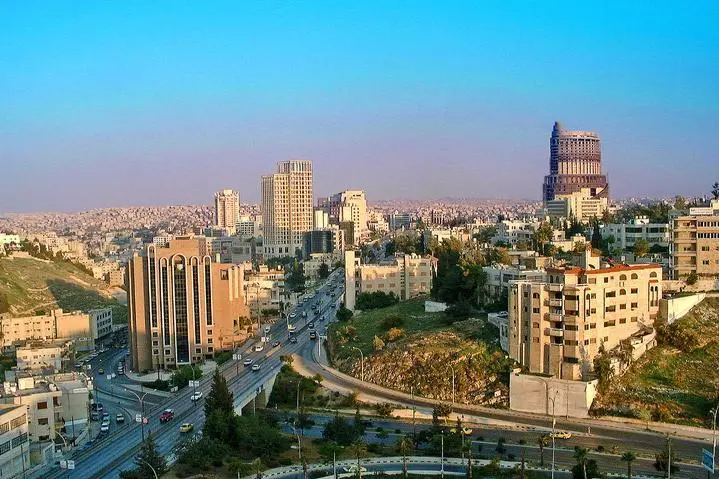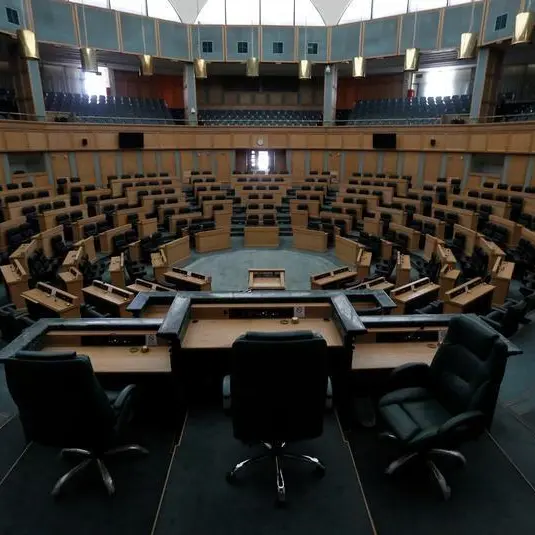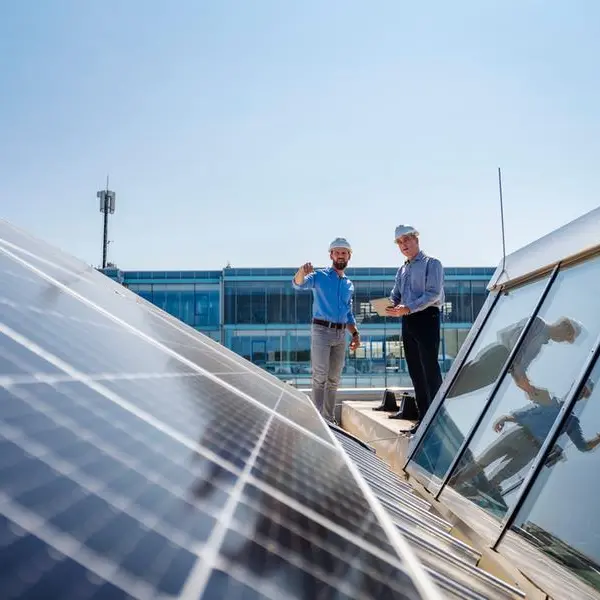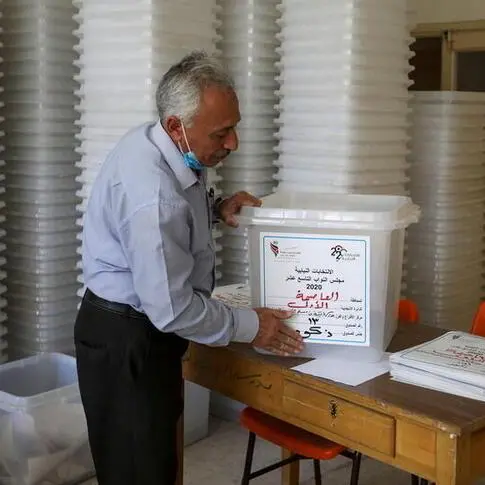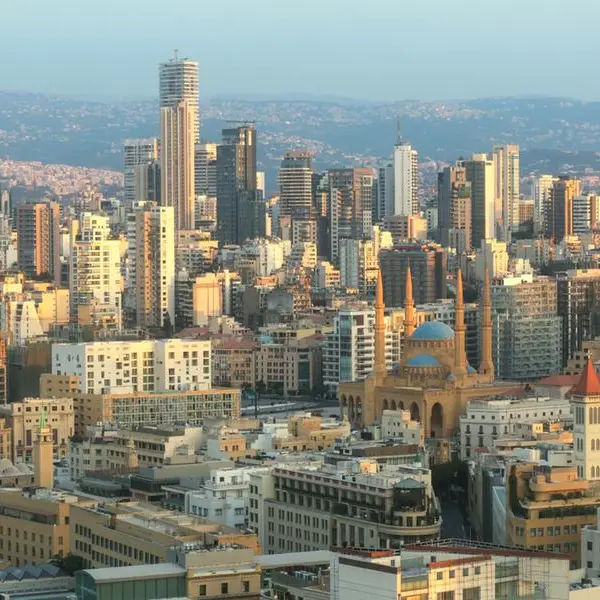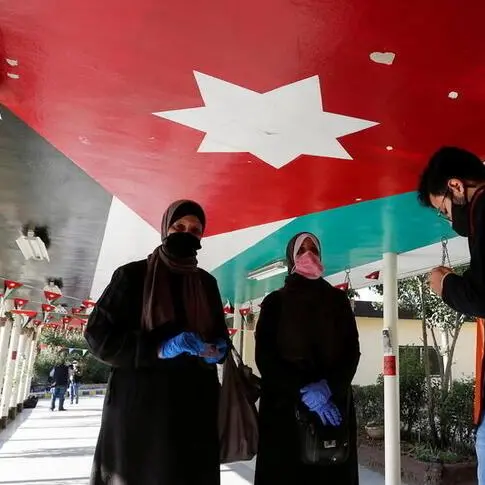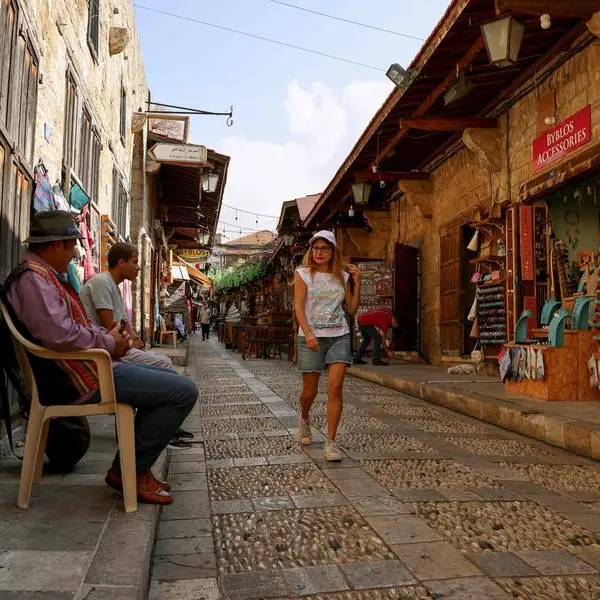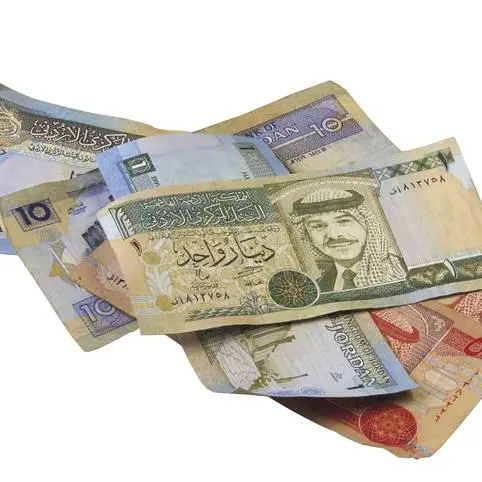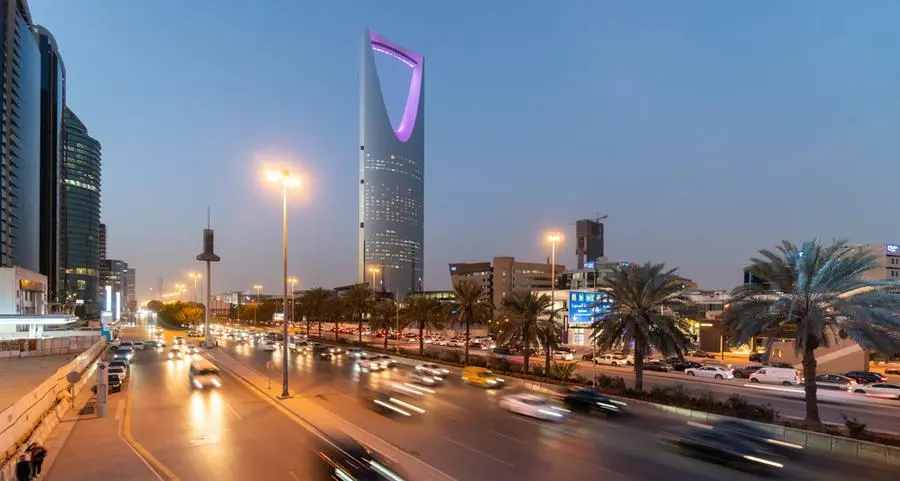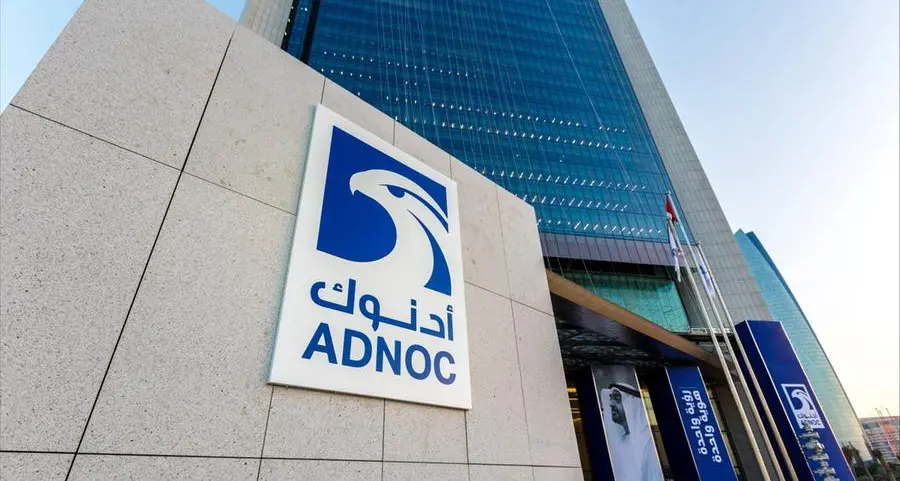PHOTO
The Jordanian government will establish a ‘new city’ about 40km from the centre of the capital, Amman, and 31km from the city of Zarqa, in line with the vision of economic modernisation and modernising of the public sector.
In this context, King Abdullah II of Jordan directed the formation of an advisory committee that includes specialists and experts from various sectors, to benefit from their ideas and opinions in planning the city, and to be a model for other cities in terms of physical and urban planning, and to provide elements of sustainability for resources, energy, water and the environment.
The King of Jordan affirmed the importance of proceeding with the implementation of the new city project within clear and announced time frames, so that it becomes one of the main drivers of the economy — creating investment-stimulating environments, and providing job and employment opportunities.
He stressed the necessity of informing citizens of information related to the city in a transparent and clear manner. Jordan’s Minister of Government Communications and Government Spokesperson Faisal al-Shboul told QNA that the new city is a major national strategic project that contributes to providing a better quality of life, through the establishment of a new urban growth pole, to relieve population pressure on major cities, such as Amman and Zarqa, in addition to improving the quality of life and services in these cities.
The new plan comes in response to the aspirations of the Jordanian state in its second centenary, for developing capabilities and in providing economic, developmental and demographic solutions various dimensions, he added.
Al-Shboul affirmed that the idea of the new city will contribute to stimulating economic growth and creating new employment opportunities, in partnership with the private sector and encouraging it to invest, in addition to presenting a contemporary model for flexible cities through the application of planning that takes into account urban expansion in line with the expected population growth, and in accordance with international planning systems.
He pointed out that the city will also contribute to absorbing part of the current and future population increase in the country, and in relieving pressure on the facilities of Amman and Zarqa, just as it provides thoughtful and sustainable solutions for urban planning, land development, infrastructure problems, mobility, transportation, environmental systems, clean energy, and in providing various types of housing with high quality and reasonable prices.
He explained that the area of the first phase of the city is about 25 square kilometres, noting that it is considered a nucleus for future expansion planned until 2050 in its first phase, with the total area of the city to reach 270sq km.
He indicated that the population of the first phase of the city is expected to reach about 157,000 people, and to reach 1mn people by 2050 in light of the expected population growth and attraction to the city, when all phases of the project are completed.
Jordan’s Minister of Government Communications and government spokesperson emphasised that the new city will be built on state-owned land.
Al-Shboul pointed out that all investments in the new city will be in partnership with the Jordanian private sector and foreign investments, in addition to the governmental contribution, stressing that the Jordanian government will not resort to any internal or external borrowing for this national project. On the cost of establishing the new city, he said that it will exceed 8bn Jordanian dinars, with the contribution of the Jordanian government to the new city project to be about 442mn Jordanian dinars, starting with the implementation of the project in 2025, at a rate of 50mn Jordanian dinars annually.
As for the time frame for implementing the project, he said the current year will witness the development of detailed plans (the comprehensive plan) for the project.
He also explained that the first phase of the project will start in 2025 and end in 2033, and indicated that the government buildings will be completed in 2028, in preparation for their transfer, and work will begin after that, with the construction of housing.
© Gulf Times Newspaper 2022 Provided by SyndiGate Media Inc. (Syndigate.info).In this context, King Abdullah II of Jordan directed the formation of an advisory committee that includes specialists and experts from various sectors, to benefit from their ideas and opinions in planning the city, and to be a model for other cities in terms of physical and urban planning, and to provide elements of sustainability for resources, energy, water and the environment.
The King of Jordan affirmed the importance of proceeding with the implementation of the new city project within clear and announced time frames, so that it becomes one of the main drivers of the economy — creating investment-stimulating environments, and providing job and employment opportunities.
He stressed the necessity of informing citizens of information related to the city in a transparent and clear manner. Jordan’s Minister of Government Communications and Government Spokesperson Faisal al-Shboul told QNA that the new city is a major national strategic project that contributes to providing a better quality of life, through the establishment of a new urban growth pole, to relieve population pressure on major cities, such as Amman and Zarqa, in addition to improving the quality of life and services in these cities.
The new plan comes in response to the aspirations of the Jordanian state in its second centenary, for developing capabilities and in providing economic, developmental and demographic solutions various dimensions, he added.
Al-Shboul affirmed that the idea of the new city will contribute to stimulating economic growth and creating new employment opportunities, in partnership with the private sector and encouraging it to invest, in addition to presenting a contemporary model for flexible cities through the application of planning that takes into account urban expansion in line with the expected population growth, and in accordance with international planning systems.
He pointed out that the city will also contribute to absorbing part of the current and future population increase in the country, and in relieving pressure on the facilities of Amman and Zarqa, just as it provides thoughtful and sustainable solutions for urban planning, land development, infrastructure problems, mobility, transportation, environmental systems, clean energy, and in providing various types of housing with high quality and reasonable prices.
He explained that the area of the first phase of the city is about 25 square kilometres, noting that it is considered a nucleus for future expansion planned until 2050 in its first phase, with the total area of the city to reach 270sq km.
He indicated that the population of the first phase of the city is expected to reach about 157,000 people, and to reach 1mn people by 2050 in light of the expected population growth and attraction to the city, when all phases of the project are completed.
Jordan’s Minister of Government Communications and government spokesperson emphasised that the new city will be built on state-owned land.
Al-Shboul pointed out that all investments in the new city will be in partnership with the Jordanian private sector and foreign investments, in addition to the governmental contribution, stressing that the Jordanian government will not resort to any internal or external borrowing for this national project. On the cost of establishing the new city, he said that it will exceed 8bn Jordanian dinars, with the contribution of the Jordanian government to the new city project to be about 442mn Jordanian dinars, starting with the implementation of the project in 2025, at a rate of 50mn Jordanian dinars annually.
As for the time frame for implementing the project, he said the current year will witness the development of detailed plans (the comprehensive plan) for the project.
He also explained that the first phase of the project will start in 2025 and end in 2033, and indicated that the government buildings will be completed in 2028, in preparation for their transfer, and work will begin after that, with the construction of housing.
